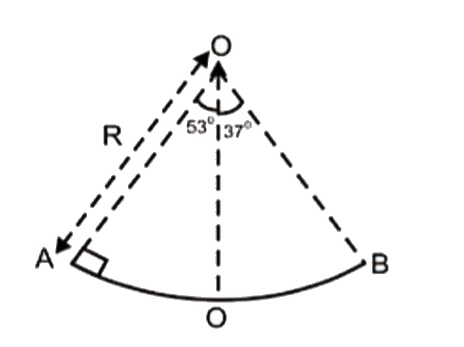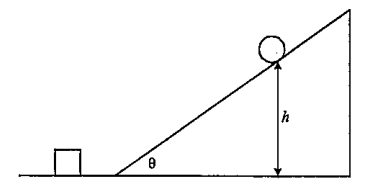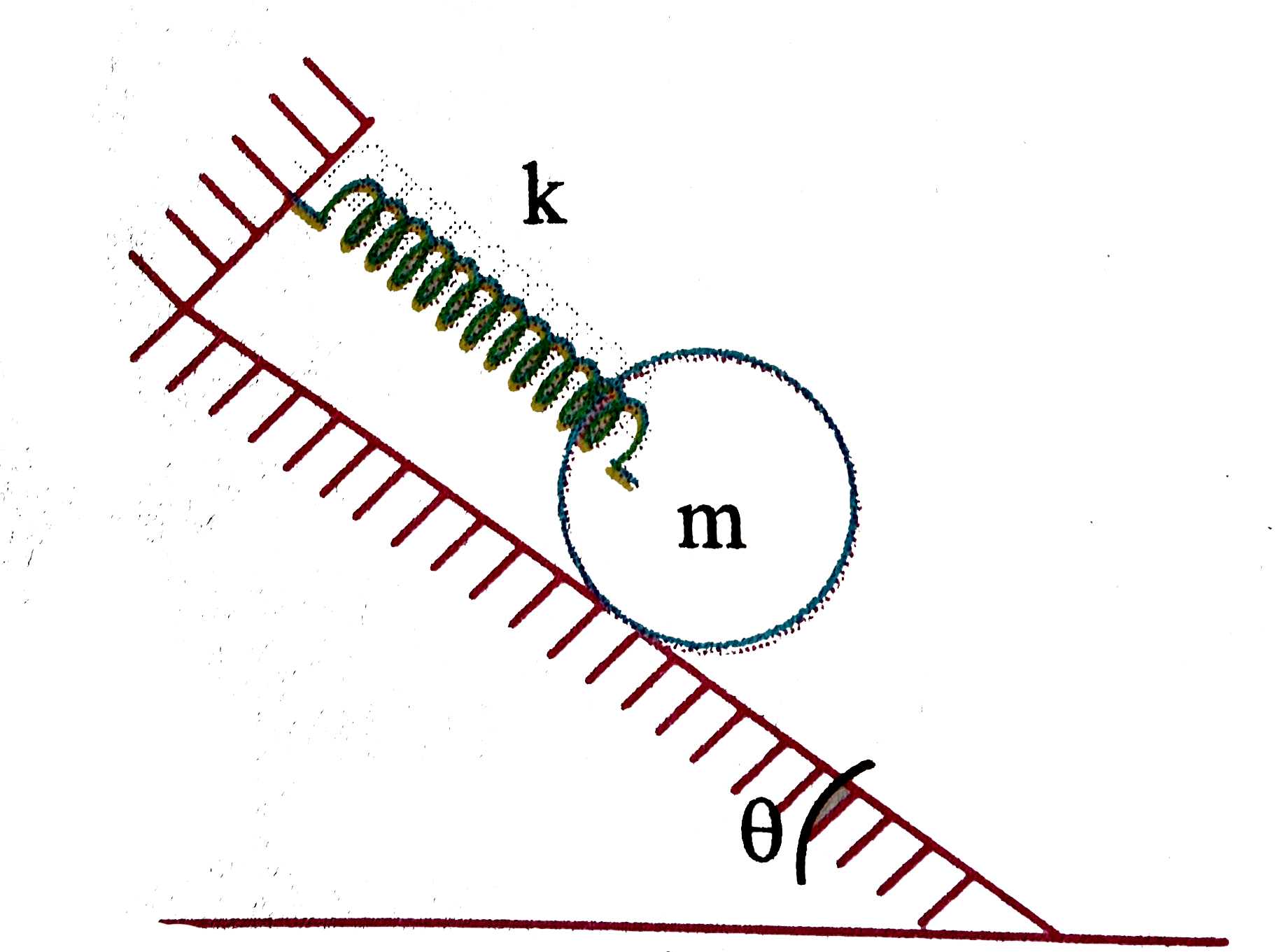In figure ABCDE is a channel in the vertical plane, part BCDE being circular with radius r. A ball is released from A and slides without friction and without rolling. It will complete the loop path when 
h>5r/2
h<5r/2
h<2r/5
h>2r/5
Step by step video & image solution for In figure ABCDE is a channel in the vertical plane, part BCDE being circular with radius r. A ball is released from A and slides without friction and without rolling. It will complete the loop path when by Physics experts to help you in doubts & scoring excellent marks in Class 12 exams.
Updated on:21/07/2023Topper's Solved these Questions
Similar Questions
A ball is released from height h as shown in fig. Find the condition for the particle to complete the circular path.
View SolutionA solid sphere of mass M and radius R is covered with a thin shell of mass M. There is no friction between the inner wall of the shell and the sphere. The ball is released from rest, and then it rolls without slipping down an incline that is inclined at an angle θ to the horizontal. Find the acceleration of the ball.
View Solution
Knowledge Check
In the track shown in figure -3.94 section AB is a quadant of a circle of 1 metre radius in vertical plane. A block is released at A and slides without friction until it reaches at B. After B it moves on a rough horizontal floor and comes to rest at D, 3 metres from B the coefficient of friction between floor and the body will be :
 A1/3B2/3C1/4D3/8
A1/3B2/3C1/4D3/8Two solid discs of radii r and 2r roll from the top of an inclined plane without slipping. Then
AThe bigger disc will reach the horizontal level firstBThe smaller disc will reach the horizontal level firstCThe time difference or reaching of the discs at the horizontal level will depend on the inclination of the planeDBoth the discs will reach at the same timeA ball rolls down an inclined plane and acquires a velocity vr when it reaches the bottom of the plane. If the same ball slides without friction and acquires rolling from the same height down an equally inclined smooth plane and acquires a velocity vs (then which of the following statements are not correct?
Avr<vs because a work is done by the rolling ball against the frictional force.Bvr>vs, because the angular velocity acquired makes the rolling ball to travel fasterCvr=vs because kinetic energy of the two balls is same at the bottom of the planes.Dvr>vs because the rolling ball acquires rotational as well as translational kinetic energy.
A uniform solid sphere of radius r=R5 is placed on the inside surface of a hemisherical bowl with radius R(=5r). The sphere is released from rest at an angle θ=37∘ to the vertical and rolls without slipping (Fig.) The angular speed of the sphere when it reaches the bottom of the bowl is.
 .
.
View SolutionIn a fixed quarter circular track of radius R which lies in a vertical plane, a block is released from point A and it leaves the path at point B. The radius of curvature of its trajectory when it just leaves the path will be

View SolutionA spherical rigid ball is realeased from rest and starts rolling down an inclined plane from height h=7m, as shown in the figure. It hits a block at rest on the horizontal plane (assme elastic collision). If the mass of both the ball and the block is m and the ball is rolling without sliding, then the speed of the block after collision is close to

View SolutionA frictionless track ABCDE ends in a circular loop of radius R. A body slides down the track from point A which is at height h = 5cm. Maximum value of R for a body to complete the loop successfully is

View SolutionA disc of mass m is connected with an ideal spring of stiffness k. If it is released from rest, it rolls without sliding on an inclination plane. The maximum elongation of the spring is:

View Solution

